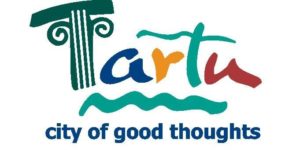28th European Meeting of Cultural Journals
The 28th European Meeting of Cultural Journals took place in Tartu (Estonia) from 20 to 22 October 2017. This meeting was organized by the European network of cultural journals Eurozine in cooperation with Eurozine partner journal Vikerkaar, the Institute of Social Studies at the University of Tartu and the Estonian cultural organisation SA Kultuurileht. The event was sponsored by the European Union (Creative Europe), Eesti Kultuurkapital, the National Endowment for Democracy, the City of Tartu and the Open Society Initiative for Europe.
In all, 100 editors and intellectuals from Europe’s leading cultural journals and the public participated in the event. Additional audience joined in via the live-streams of the keynote, panel discussions and workshops.
Democracy delivered?
Europe between digital salvation and post-truth resignation
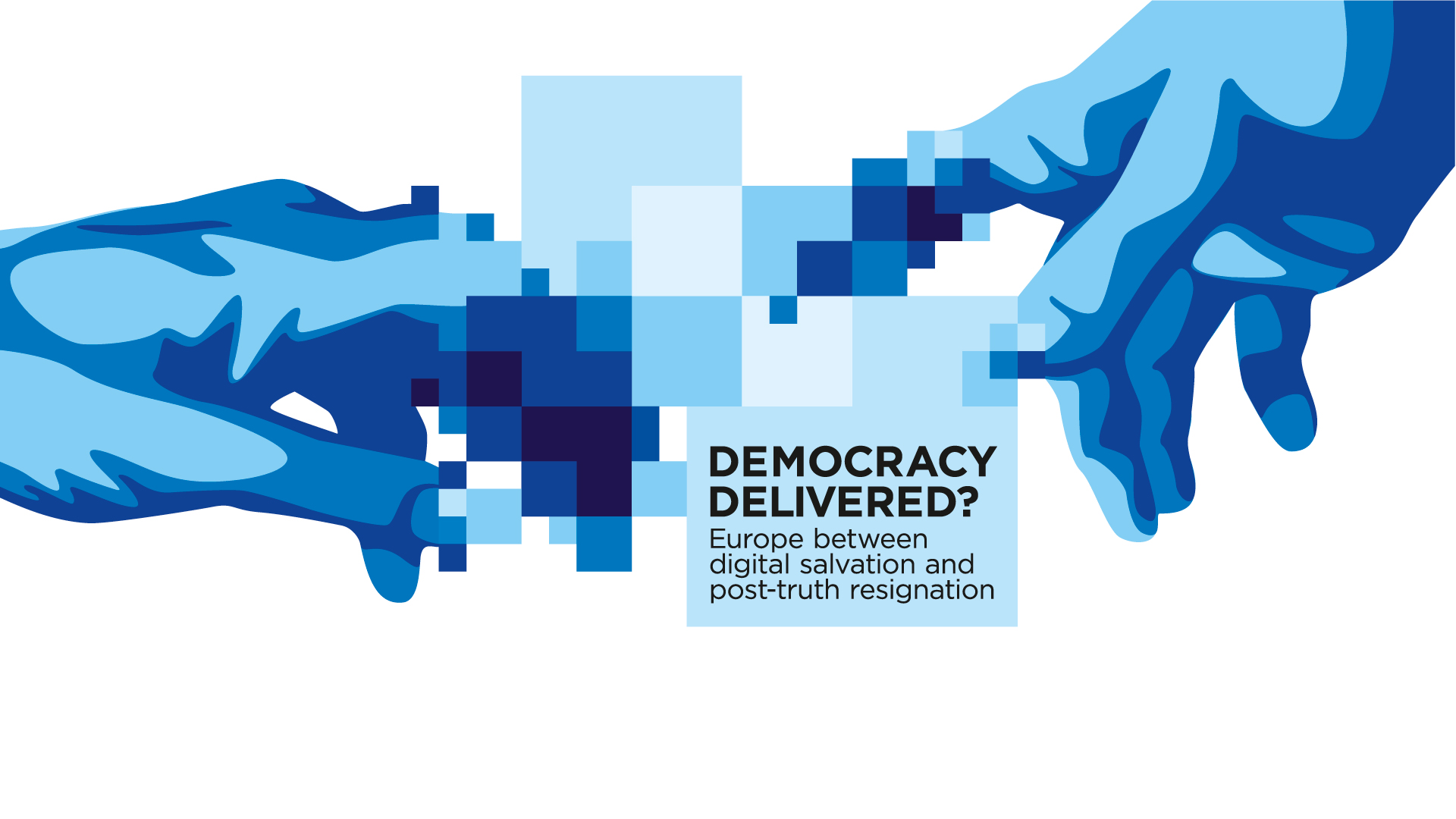
Since Eurozine partner journals last met in Estonia, in 2004, to consider the implications of digital technology on politics, society and the media, new internet giants have emerged, and reshaped the communication landscape almost beyond recognition. This revolution has had a devastating effect on the advertising revenues that once funded journalism and has come to pose unexpected challenges to democracy itself. The new social media companies consciously avoid any commitment to a democratic function – or any of the rules that bind their traditional media forebears. ‘Fake news’ and disinformation are nothing new, but the internet has facilitated their spread: in the ‘click economy’, facts and ethical journalism become anachronisms once publics reject established media – and the journalistic standards they represent – as ‘elitist’ and biased towards the ‘liberal establishment’. Social media platforms and the data harvesting they allow have served to create a new political campaigning tool, one that operates largely beyond regulatory control and has unpredictable impacts on democratic outcomes. In this ‘post-truth’ media environment, the popular response is all too often resignation.
Conversely, the digital revolution also offers new possibilities for the more active involvement of citizens in their societies and democracies, with both governments and civil society becoming increasingly interested in the possibilities of e-government and civic tech. In the media, too, the digital revolution has provided fantastic opportunities for collaboration among media outlets – including journals like those in the Eurozine network – even if much discussion of culture and politics remains stubbornly confined to national silos.
So as Eurozine returns to Estonia for the 28th European Meeting of Cultural Journals in 2017, how do we assess the democratic pros and contras of the digital revolution: does it represent democracy’s salvation or has it delivered up democracy to the forces of illiberalism? Technology cannot be blamed for all democracy’s ills, for sure, but can it provide the solutions to them? Can the internet be used to foster a European public sphere, and help independent media outlets across Europe raise critical awareness of disinformation and antidemocratic narratives? And what is the role of cultural journals in this European movement: can we use digital media to revive the time-honoured project of a ‘Republic of Letters’? The panels and workshops will seek to answer these questions from a range of theoretical and practical perspectives.
⇨ Download the full conference programme (PDF)
Videos
Opening presentations
Marju Lauristin, MEP; Professor Emeritus, University of Tartu: “Cultural Journalism in Europe. Survey by the Institute of Social Studies, University of Tartu”
and
Semi Purhonen, University of Tampere: “Enter Culture, Exit Arts? On the Transformation of Cultural Hierarchies in European Newspaper Culture Sections, 1960-2010”
Video: http://www.uttv.ee/naita?id=26304
Keynote
Vladan Joler: ’Mapping infowar and digital power’
Professor Vladan Joler is the director of the Share Foundation and chair of the New Media Department at the University of Novi Sad, Serbia. He leads Share Lab, an investigative data reporting lab. He and his team of cyber-forensic analysts research and visualise data exploring different technical aspects of the intersections between technology and society. The Share Foundation is a nonprofit organisation dedicated to protecting citizens’ Internet rights and promoting openness, decentralisation, and free access to and exchange of knowledge and information.
Panel discussions
Panel: “Democracy´s deliverance? Assessing the political potential of internet technologies”
Panel: “Infowars: Disinformation and democracy in the digital eco-system”
Panel: “Epistemocracies: Post-truth and cultural power”
Workshop
Workshop: “Cross-Media Publishing”
Video: https://www.facebook.com/eurozine/videos/1521834644562395
Publications
Read related articles by the conference’s panelists in Eurozine’s brand new focal point: “Democracy delivered?”
See also the focal point “Disinformation and Democracy” which provides in-depth analysis on the topics discussed during the second panel of the conference.
Photos
Album day 1:
https://www.facebook.com/pg/eurozine/photos/?tab=album&album_id=1525383730874153
Album day 2:
https://www.facebook.com/pg/eurozine/photos/?tab=album&album_id=1525397107539482
Album day 3:
https://www.facebook.com/pg/eurozine/photos/?tab=album&album_id=1525409560871570
All photos: Photographer: Erika Renel, Copyright: Eurozine
Photo requests: Marije Kruis, m.kruis@eurozine.com
Press
International media coverage:
“Andmepunkar uurib digiõiguste bluusi”, 27 October 2017, Sirp (Estonia, print & online), by Ott Karulin
“Zamagljeni liberalni horizonti”, 16 November 2017, Kulturpunkt.hr (Croatia, online), by Lujo Parežanin
(this section is currently being updated)
First press release, 10 October 2017:
“Europe’s cultural journals: Quality media in times of fake news and disinformation”, Eurozine
Second press release, 23 October 2017:
- in English: “Europe’s Cultural Journals: Quality Media in Times of Fake News and Disinformation”, PRNewswire
- in German: “Europas Kulturzeitschriften: Hochwertige Medien im Zeitalter der gefälschten Nachrichten und Missinformationen”, APA
- in French: “Revues culturelles d’Europe : des médias de qualité à l’époque des fausses informations et de la désinformation”, PRNewswire
- in Spanish: “Periódicos culturales europeos: Medios de calidad en época de noticias falsas y desinformación”, PRNewswire
Conference venues
The Estonian National Museum
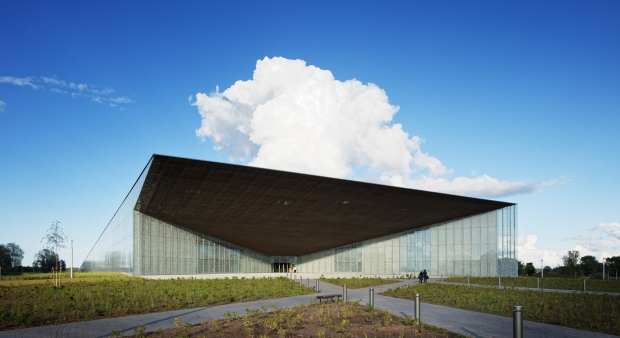
The Estonian National Museum Source: Wikimedia
The Estonian National Museum, founded in 1909 in Tartu, is a museum devoted to Folklorist Jakob Hurt’s heritage, to Estonian ethnography and folk art. The first items for the museum were originally collected in the latter part of the 19th century. The museum tracks the history, life and traditions of the Estonian people, presents the culture and history of other Finno-Ugric people and the minorities in Estonia. It has a comprehensive display of traditional Estonian national costumes from all regions.
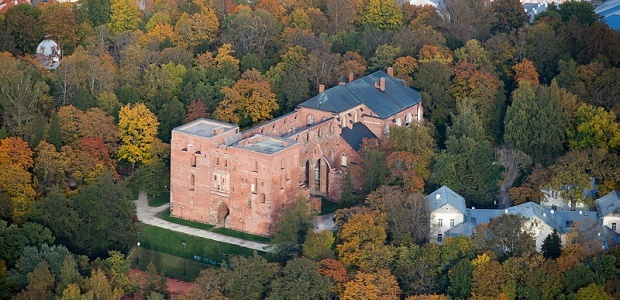
The University of Tartu Museum founded in 1976, gives an overview of the history of science and university education from the 17th century to the present day. The Museum is is located in the building of Tartu’s old Dome Cathedral, which is situated in the centre of Tartu on Toome Hill, the historic heart of both Tartu and the University campus. The permanent exhibition of the Museum gives an overview of the history of the University of Tartu and science. Each year a new annual exhibition is opened to visitors. The Crazy Scientist’s Office invites both young and old researchers to take part in its interactive explorations, experiments and construction workshops. The towers of the Tartu Cathedral and their viewing platforms are open to visitors from spring to autumn. The White Hall located on the third floor of the Museum, is one of the most prestigious venues of Tartu. It is part of the old school room of the Dome Cathedral. This monumental 14th century church was the religious centre of the Bishopric of Dorpat until the Reformation. The sacral building stood in ruins for centuries before it was once again utilised in the 19th century, now as a temple of knowledge. The choir area of the ruins became the University Library (finished in 1806). To this day you can see the five imposing octagonal pillars and the niches in the outer walls which give the room a medieval feel.
About the city of Tartu
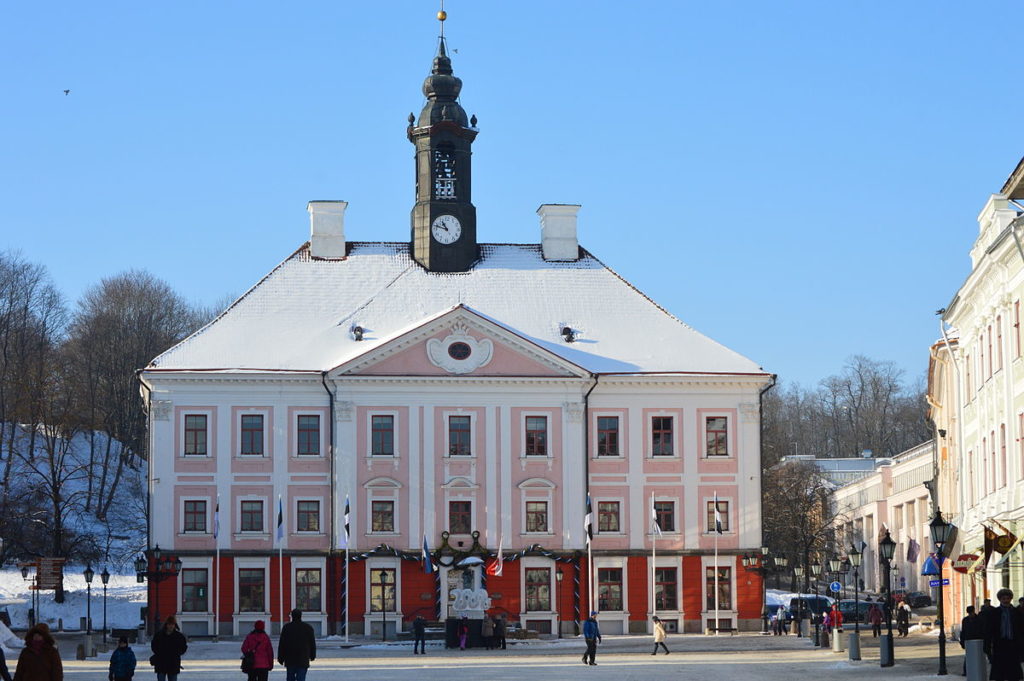
Tartu
Tartu is a charming small northern European city with quaint restaurants and museums, the university, shopping opportunities, hotels and parks all located within the old city centre. It is the second largest city of Estonia, following Estonia’s political and financial capital Tallinn, and is often considered the intellectual centre of the country, especially since it is home to the nation’s oldest and most renowned university. The city also houses the Supreme Court of Estonia, the Ministry of Education and Research, and the Estonian National Museum. It is the birthplace of the Estonian Song Festivals.
Situated 186 km southeast of Tallinn and 245 km northeast of Riga, Tartu lies on the Emajõgi (“Mother river”), which connects the two largest lakes of Estonia. The city is served by Tartu Airport.
You can find a range of practical information on the Tartu tourist information website and the Like A Local Guide. A city map of Tartu can be found here.
Organizers
Sponsors





